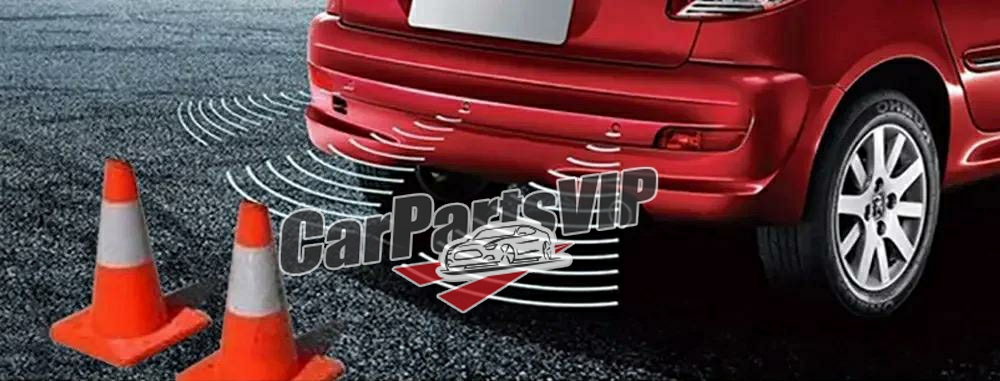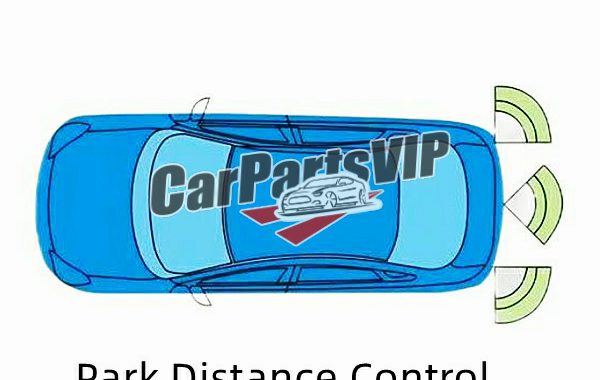Park Distance Control (PDC) is also commonly referred to as reversing radar. As an important safety auxiliary device in modern cars, PDC system mainly consists of ultrasonic sensors (commonly known as probes), controllers and displays (buzzers). When reversing, it helps the driver “see” things that the rearview mirror cannot see, and informs the driver of the surrounding obstacles with a more intuitive sound display, eliminating the trouble caused by the driver looking around when parking, reversing and starting the vehicle, and helping the driver eliminate the defects of blind spots and blurred vision, thereby improving driving safety.
How does PDC parking radar work?
The working principle of the reversing radar is based on sound wave technology, which uses ultrasonic sensors. It transmits and receives sound waves through the ultrasonic sensor installed at the rear of the car. When the sound waves encounter obstacles, they will be reflected back, and then the system will calculate the distance and position of the obstacle. The controller will process these signals. When the distance reaches the preset safety range, the display or buzzer will issue a warning. For example, when we put the car in reverse gear and turn on the reversing radar system, the sensor will emit ultrasonic beams to the rear of the car. These beams will bounce and return to the sensor. The sensor can measure the time difference of these beams to calculate the distance and position of the obstacle from the car. Specifically, the reversing radar will emit hundreds of ultrasonic waves, which propagate at a very fast speed and interact with obstacles. When the beam hits the obstacle and returns, the sensor can measure the time difference of the beam. By calculating the speed of the sound wave, the system can determine the distance between the obstacle and the car. These distance data will be transmitted to the display screen inside the car and displayed to the driver in a visual way. When the vehicle approaches an obstacle, the PDC system will alert the driver through the alarm system, either with a beep or a display on the dashboard, telling the driver to pay attention to nearby obstacles and avoid collisions.
What is the role of the PDC reversing radar?
In terms of safety assistance, it can help the driver better judge the distance between the vehicle and surrounding objects, especially when the line of sight is limited. With it, driving and parking in narrow spaces are safer. In terms of avoiding accidents, it is easy to ignore potential dangers when reversing due to limited vision, but PDC can issue an alarm in time to effectively reduce the risk of reversing collision accidents. Not to mention the convenience of parking, it not only improves safety, but also makes parking super convenient, allowing drivers to park the car more easily, reducing tension and improving the overall driving experience.



